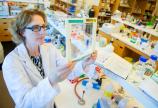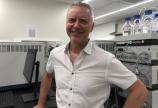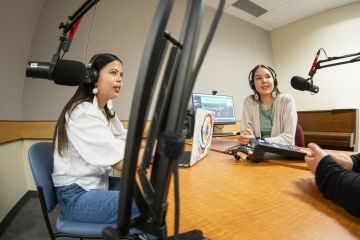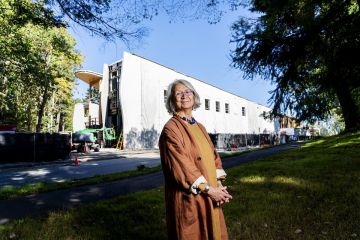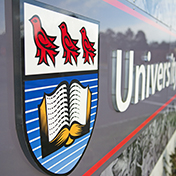Federal support advances UVic health research
Engineering, Social Sciences, Science, Medical Sciences
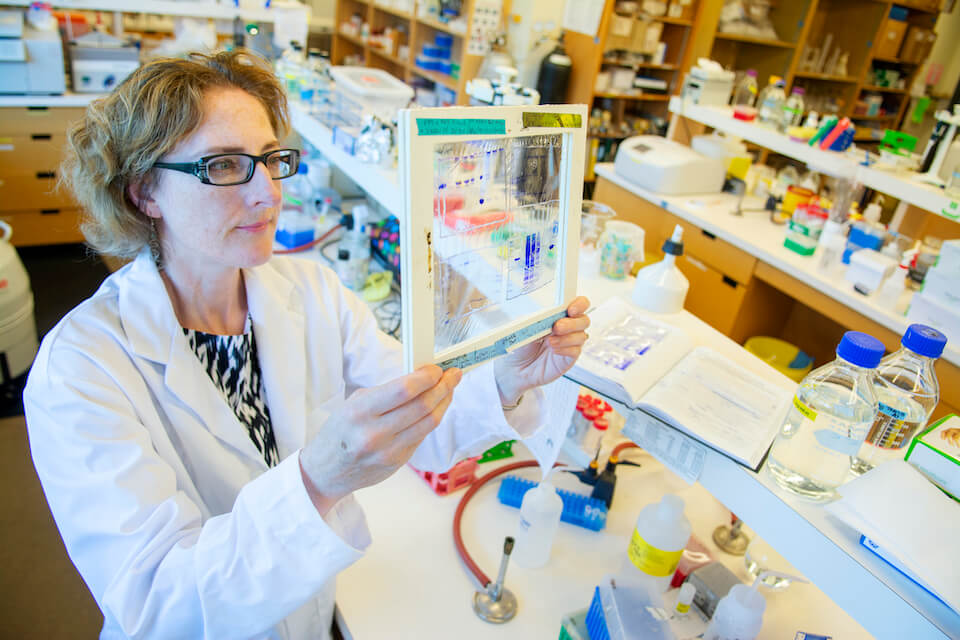
Whether seeing how brain cells function in near real-time or studying biodiversity loss and the negative impacts on human well-being, University of Victoria researchers are at the forefront of science and innovation. On Wednesday, the federal government announced $1.45-million in support for eight UVic research projects.
The support comes through the Canada Foundation for Innovation’s (CFI) John R. Evans Leaders Fund, which aims to help institutions attract and retain top researchers, while giving them the tools and equipment they need to become leaders in their field. The eight projects are housed within the faculties of Engineering and Computer Science, Social Sciences and Science, and the Division of Medical Sciences (DMS).
Craig Brown, DMS
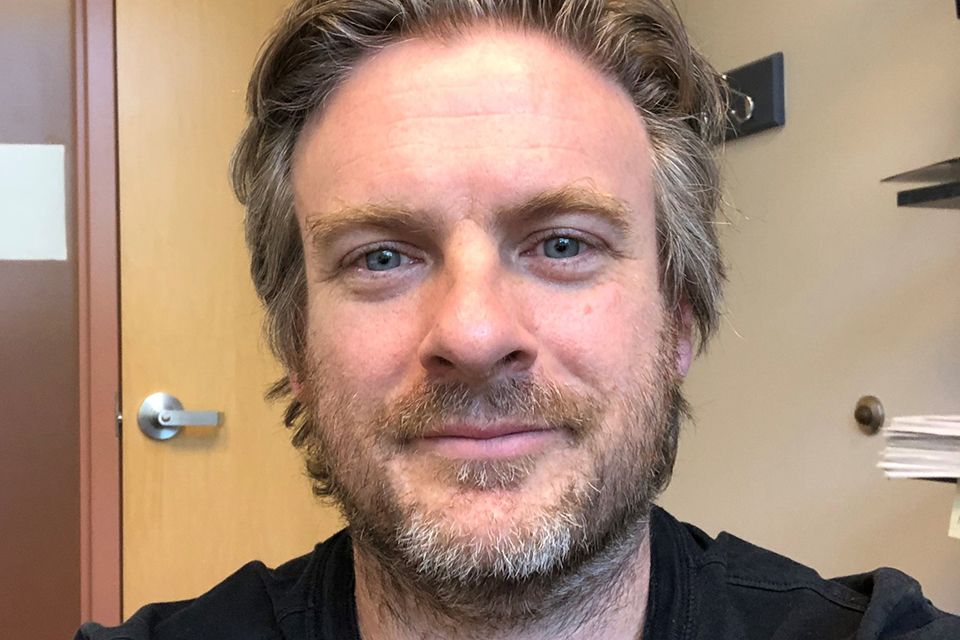
UVic neuroscientists Craig Brown, Marie-Ève Tremblay and Gautam Awatramani will use their $330,000 in funding to acquire a next-generation 4D imaging system. Four-dimensional imaging is like 3D except that the images are continuously updated instead of being static, which allows researchers to see brain cells function or brain structures working and changing in near real-time.
Brown and other researchers plan to use this new equipment to study brain activity in regions that control vision, touch, addiction and other cognitive behaviours. They will also use it to understand what causes the brain to change when we age, suffer a stroke or have disorders like Rett Syndrome, depression, schizophrenia and neurodegenerative diseases like Alzheimer’s and Parkinson’s.
The knowledge gained from this research could lead to new intelligent treatments for the neurological dysfunction associated with aging, dementia, vision disorders, addiction and brain injury.
“This new microscope will help UVic researchers unravel mysteries of brain function in health and disease,” says Brown.
Caetano Dorea, civil engineering
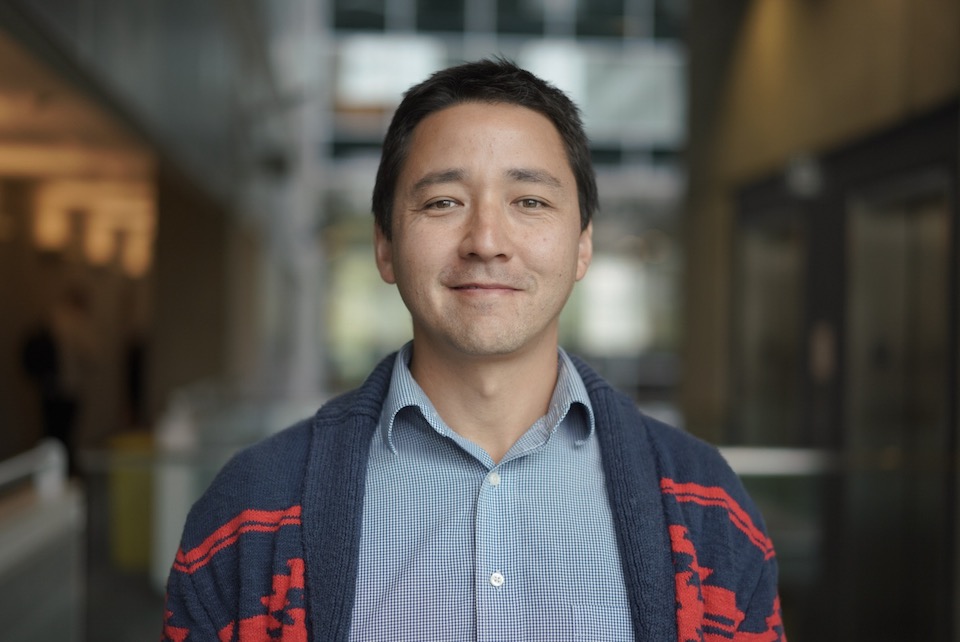
Septic tanks, pit latrines and other types of on-site sanitation are the most common-form toilets globally. Not surprisingly, these approaches have come under increasing scrutiny, with concerns about how global on-site sanitation is contaminating the environment and affecting human health. Fortunately, molecular biology tools have the potential to address these challenges.
This multidisciplinary project aims to equip the Public Health and Environmental Engineering (PH2E) Lab at UVic with a unique platform using state-of-the-art instrumentation such as nanopore sequencing and digital polymerase chain reaction (dPCR). This will enable a better understanding of problems associated with decentralized sanitation systems and forge a path towards an improved design through studies in molecular microbial ecology, ecotoxicogenomics, and environmental DNA (eDNA).
With support of $175,000, Caetano Dorea will lead the project and heads the PH2E Lab. He’ll be working alongside Caren Helbing (biochemistry and microbiology) and Hosna Jabbari (computer science).
“This platform will support the design of novel, effective and sustainable on-site sanitation systems that protect human health and the environment,” says Dorea. “The project’s longer-term objective is to deploy this facility to other water, public health and environmental applications.”
David Goodlett, biochemistry
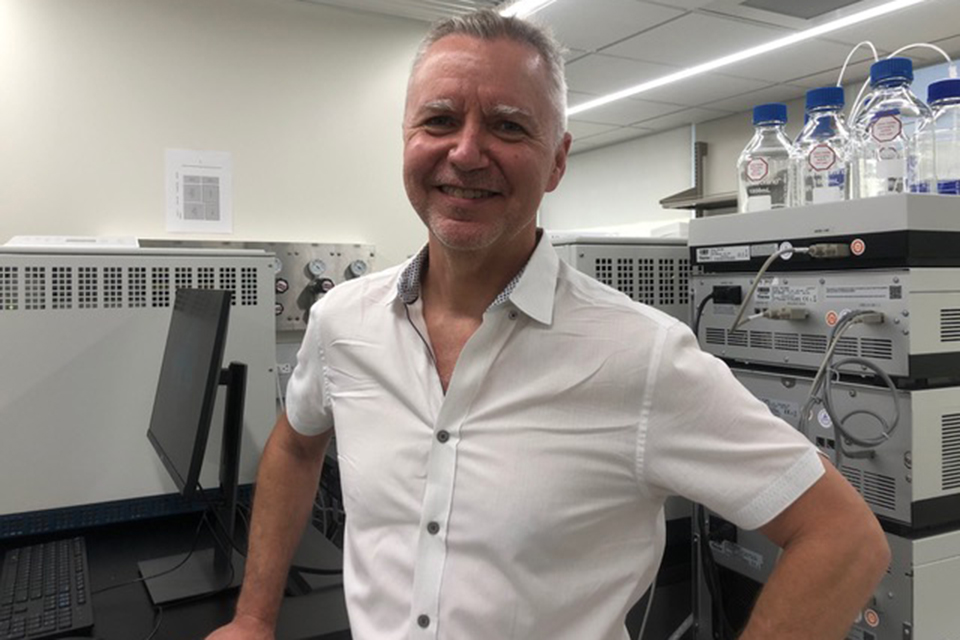
David Goodlett is getting to the heart of inflammatory disease through microscopic, single-celled organisms called microbes. Goodlett aims to improve diagnosis, treatment and prevention of illnesses like Crohn’s disease, diabetes, cardiovascular disease—even food poisoning—by examining changes in the immune system when it encounters microbes.
With support of $175,000, Goodlett and his team will modify an existing instrument used to measure the weight of molecules called a mass spectrometer (MS). The new features will enable them to examine inflammatory system components produced in response to microbes more closely than ever before.
“We are excited to upgrade the existing instrumentation at the UVic-Genome BC Proteomics Centre that will empower us to detect and characterize microbial signatures as well as the changes they induce in the host,” says Goodlett.
Results from this study will empower model building, leading to better predictions of inflammatory system behaviour, diagnosis of infections and ultimately improve human health.
Nancy Shackelford, environmental studies

UVic environmental studies professor and ecologist, Nancy Shackelford, is bridging the gap between restoration practice and ecological science. Her research focuses on managing biodiversity loss and the negative impacts on human well-being. Her work requires high precision tools for measurements of plant species in the lab and field, as well as field equipment for applying restoration experiments.
“Our work connects cutting-edge ecological theory, advanced technologies in ecology and restoration management to enhance our national ability to conduct effective restoration,” says Shackelford, who is receiving $65,000 in support from CFI.
Other projects:
- John Burke, biochemistry: Protein Structural Biology and Molecular Interactions Facility $180,000
- Caroline Cameron, biochemistry: Infrastructure to Establish a Molecular Health Research Centre for Study of Public Health Priority Areas $310,000
- Erin Chernick, chemistry: EPR Characterization of Sensitive Chemical Species and Systems Under Inert and Controlled Illumination Conditions $120,000
- Greg Owens, biology: An Adaptive Genomics Platform for Crop Improvement $100,000
Photos
In this story
Keywords: Administrative, research, health, environment, sustainability, brain, agriculture, water, chemistry, proteomics, community, indigenous, international

